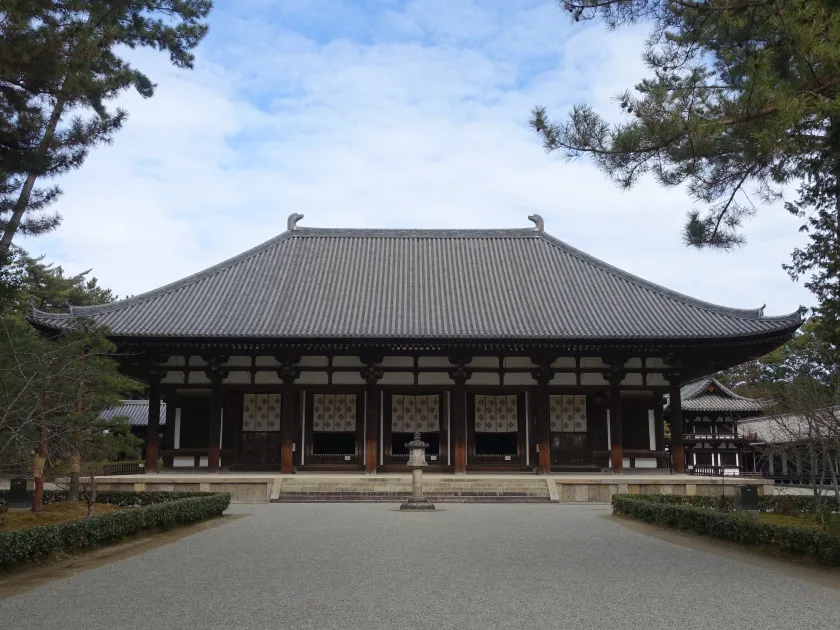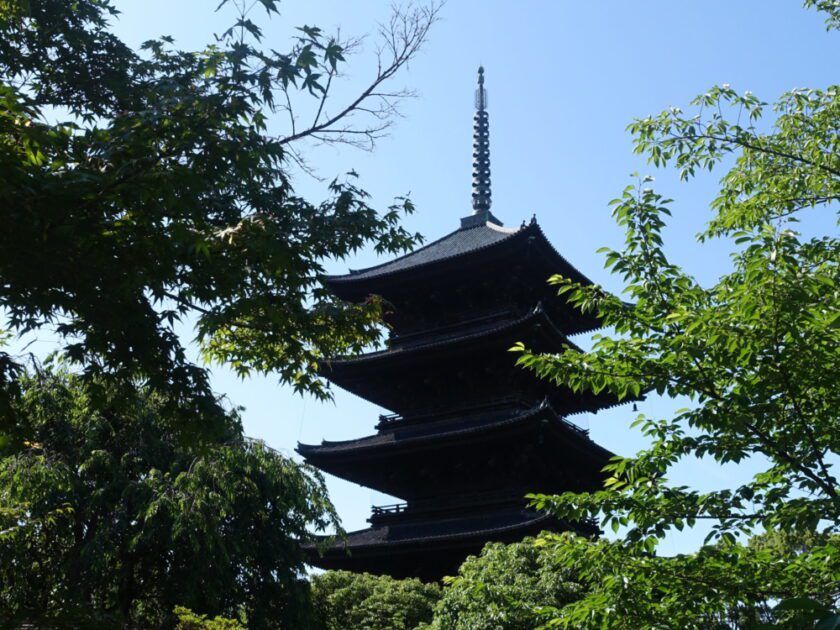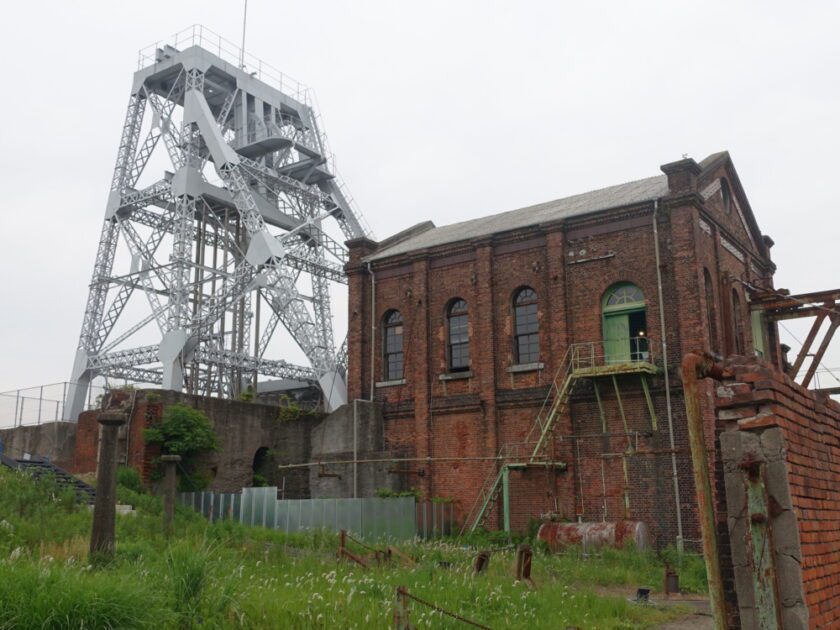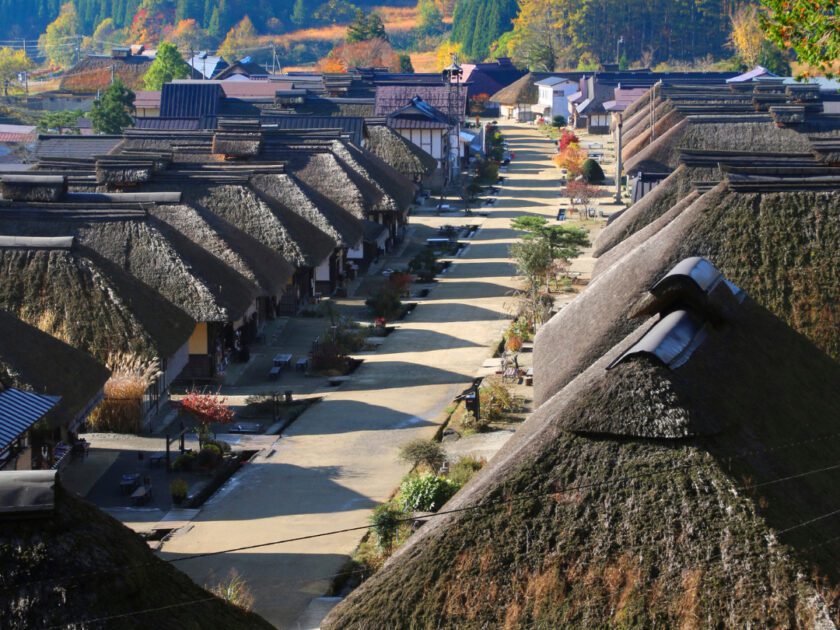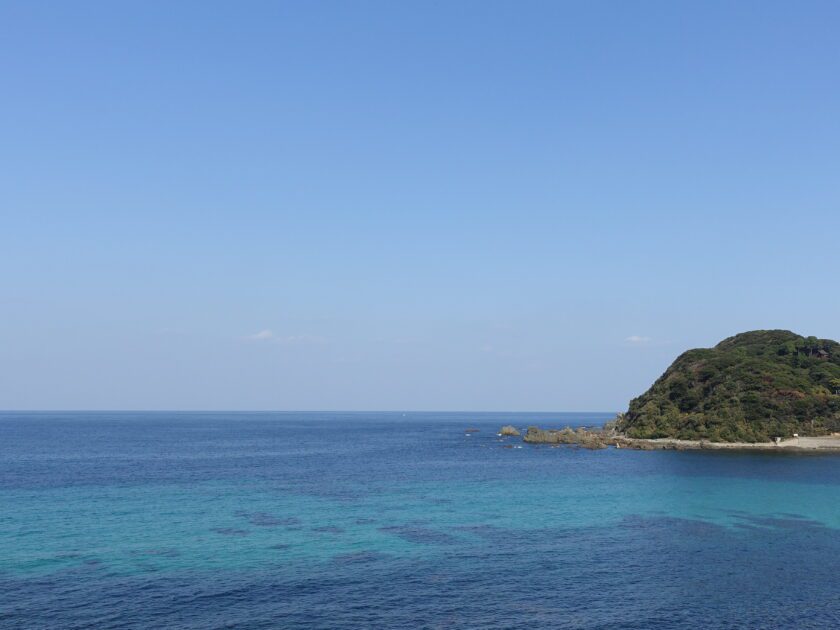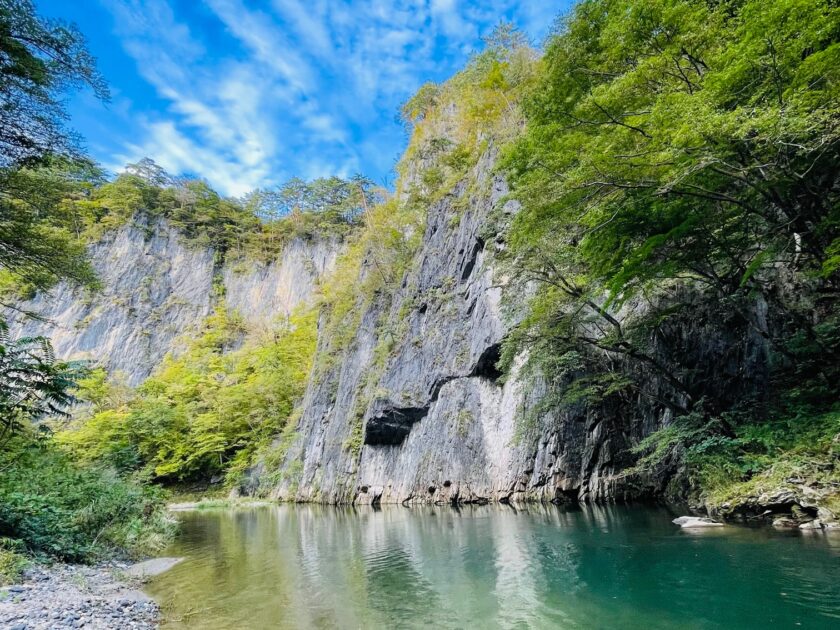Tourist attractions in Nara Prefecture1
Tourist attractions in Nara Prefecture1 In February, I went on an inspection trip to Nara. This inspection trip was to finalize the use of Google My Maps, which we plan to use for clothing rental logistics and concierge. As it turned out, everything was running smoothly, which was a relief. Table of Contents 1: Nara Palace Site 2: Toshodaiji Temple 3: Yakushiji Temple 4: Horyu-ji Temple 5: Hokiji Temple 1: Nara Palace Site After arriving in Nara, I rented bicycles from the hotel and visited famous tourist sites, including World Heritage Sites. Sightseeing by train is difficult in Nara as there is no underground system, and the railway network is poorly developed. Sightseeing is possible with the “Gurutto Bus,” which costs 100 yen per ride. But the “Gurutto Bus” don’t have routes to places such as Yakushiji Temple and Horyuji Temple. It depends on where you want to go, but this time I am convinced that a bicycle is the best way to see Nara after touring the sights by bicycle. First, I went to the Nara Palace Site near our hotel. The Heijo Palace Ruins were the center of the Heijo-kyo Capital, which was relocated from

